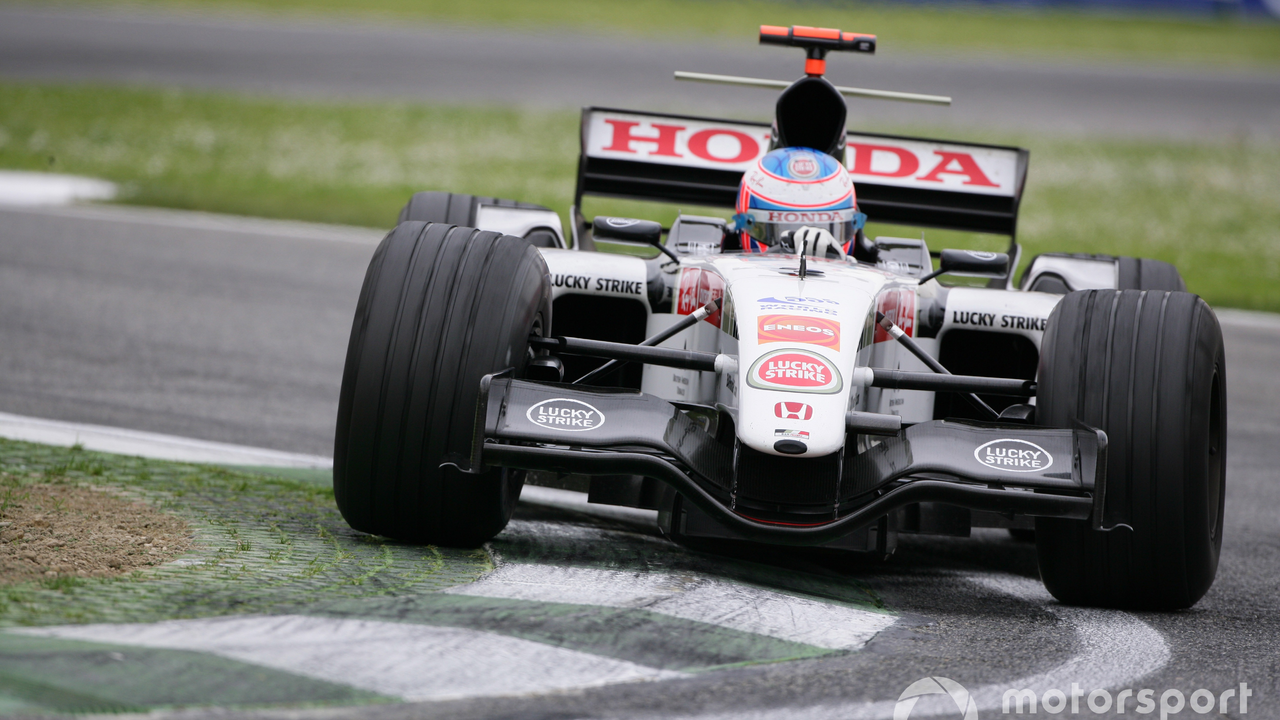F1 Competition: What Makes It the Ultimate Racing Showdown?
If you hear the roar of a V6 turbo and feel the tension in the air, you know an F1 competition is about to start. Fans, teams, and even casual viewers get pulled into a mix of speed, strategy, and pure adrenaline. In this guide we’ll break down the key moments of a Grand Prix weekend and show why F1 drivers count as elite athletes.
How a Grand Prix Weekend Works
First up is Friday. Teams run practice sessions to dial in the car’s setup – tire choice, aerodynamics, and fuel load. Engineers watch telemetry like a detective, looking for any clue that could shave a tenth of a second off lap time. Saturday brings the final practice and the crucial qualifying session. Qualifying is split into three short bursts (Q1, Q2, Q3). Drivers fight for the best grid position, and the fastest in Q3 earns pole position – the most coveted spot on the start line.
Race day is Sunday. The grid lines up, the lights go out, and 305 kilometers of high‑speed drama begin. Pit stops become a game of seconds; a flawless tire change can gain a driver an extra position, while a botched stop can cost a podium. Safety cars, virtual safety cars, and weather changes add extra layers of unpredictability. By the time the checkered flag waves, the winner has not just driven fast, but also managed strategy, mental stamina, and split‑second decisions.
Why F1 Drivers Are Elite Athletes
People often ask if race drivers are athletes, and the answer is a resounding yes. A typical race can push a driver’s heart rate above 170 beats per minute – similar to a marathon runner in the final stretch. They experience up to 5 g of lateral force in corners, which requires a strong neck and core to keep their head steady.
Beyond pure physical demands, drivers need razor‑sharp mental focus. A single mistake can cost a whole season’s worth of points, so concentration levels stay high for two‑hour races. Training regimes include cardio, strength work, and reaction‑time drills. Many drivers also use simulators for up to 20 hours a week to memorize tracks and test new car setups without leaving the garage.
Combine these elements and you get a competitor who’s just as fit as a footballer or a sprinter, only their battlefield is a 2‑kilometer circuit at over 300 km/h. That’s why the sport calls its participants “drivers” and “racers” interchangeably – they are both.
Whether you’re a seasoned fan or just caught the buzz, understanding the structure of a Grand Prix weekend and the athleticism behind the wheel makes every lap more exciting. The next time you hear the engines rev, you’ll know exactly why F1 competition captures the world’s attention.
Motorsports Analysis

Why doesn't BMW compete in F1?
Hey there speedsters! Ever wondered why our flashy friend BMW doesn't strut its stuff in F1? Well, it's a mix of strategy and some serious moolah matters. BMW, like the cool kid in school, prefers to march to its own beat, focusing on its core business and consumer market rather than the pricey playfield of F1. Plus, their involvement in other motorsports like DTM and Formula E is where they believe they can have more fun and make a bigger impact. Talk about keeping your eyes on your own paper, huh? Don't worry though, BMW still knows how to put the "vroom" in your ride!